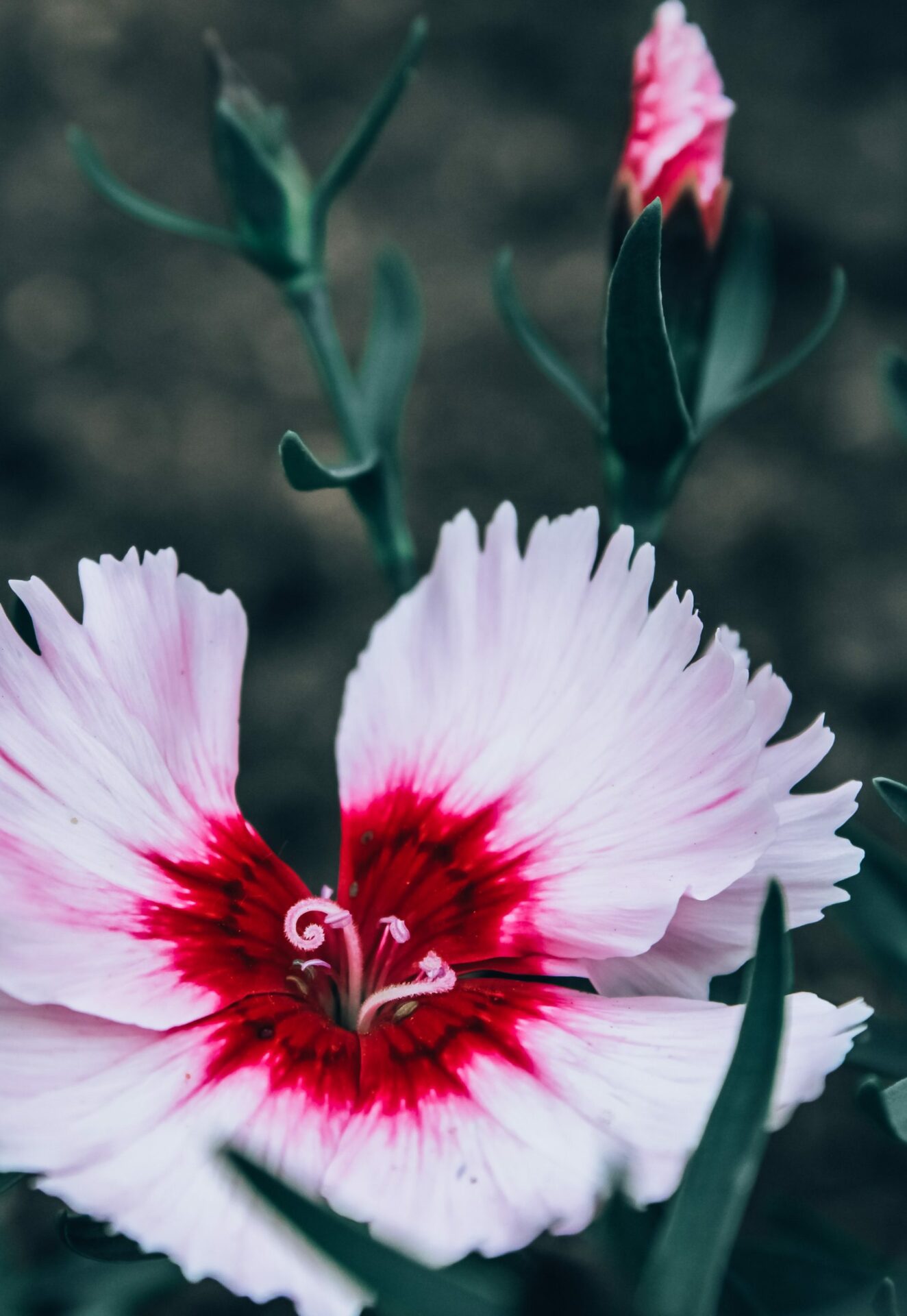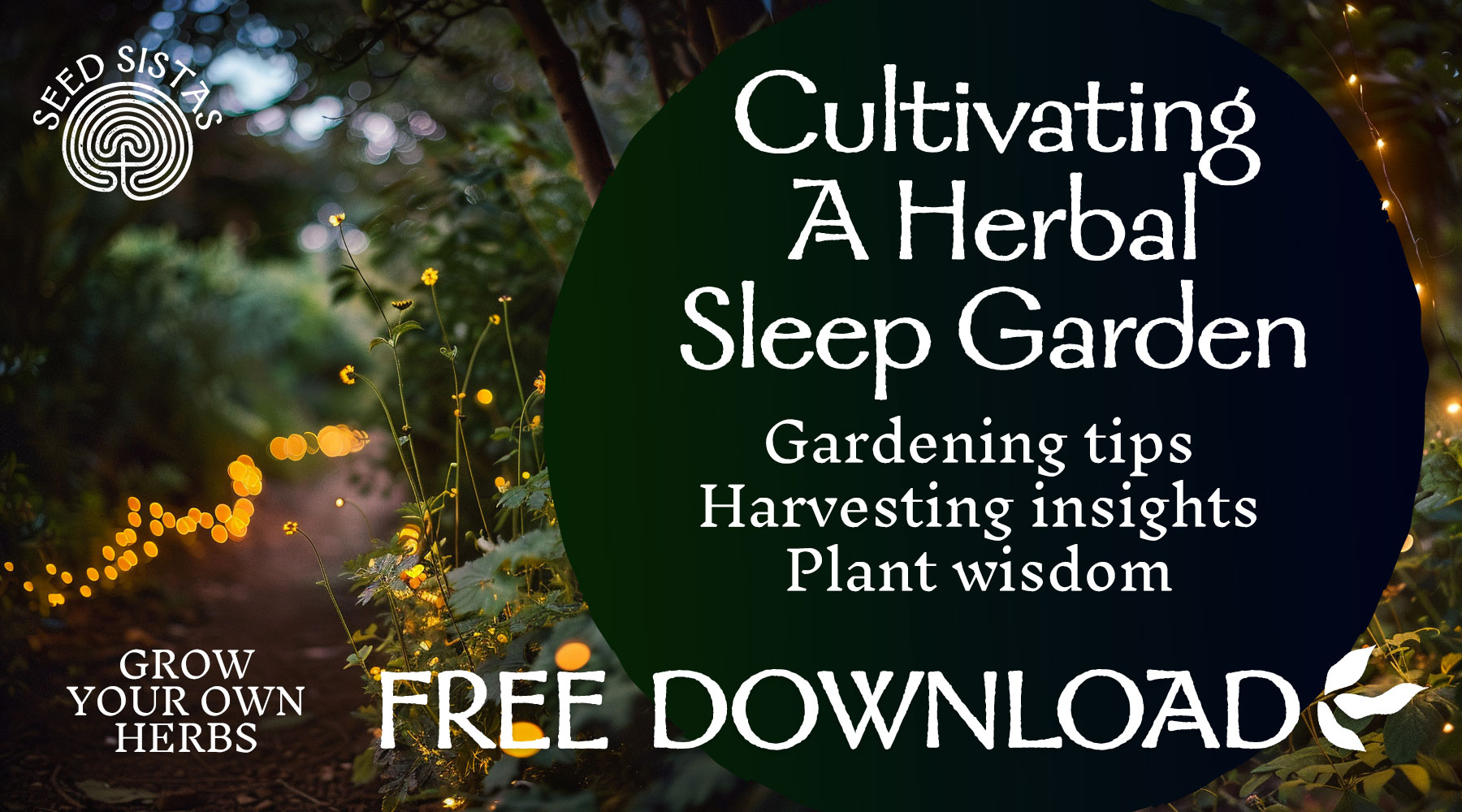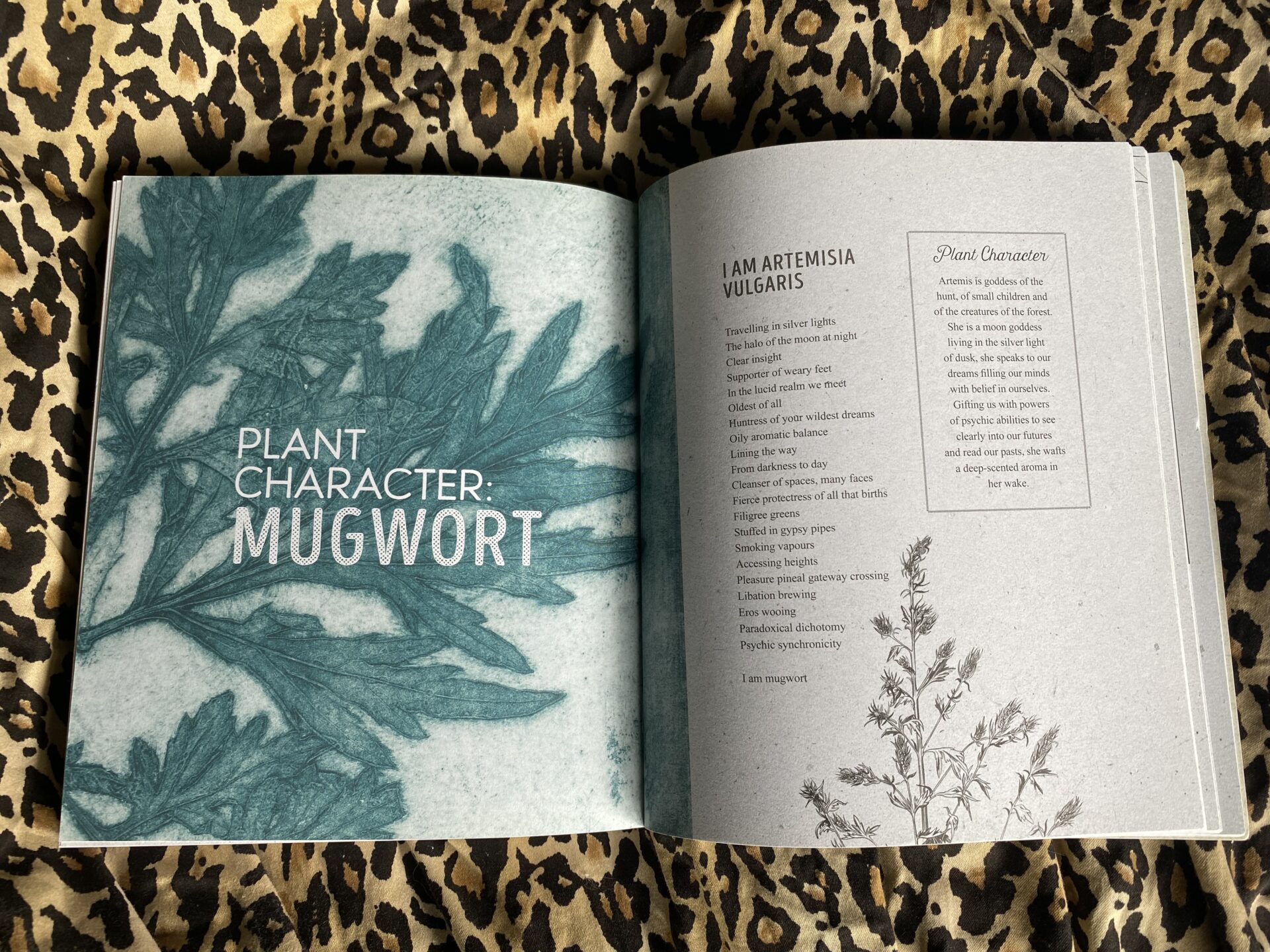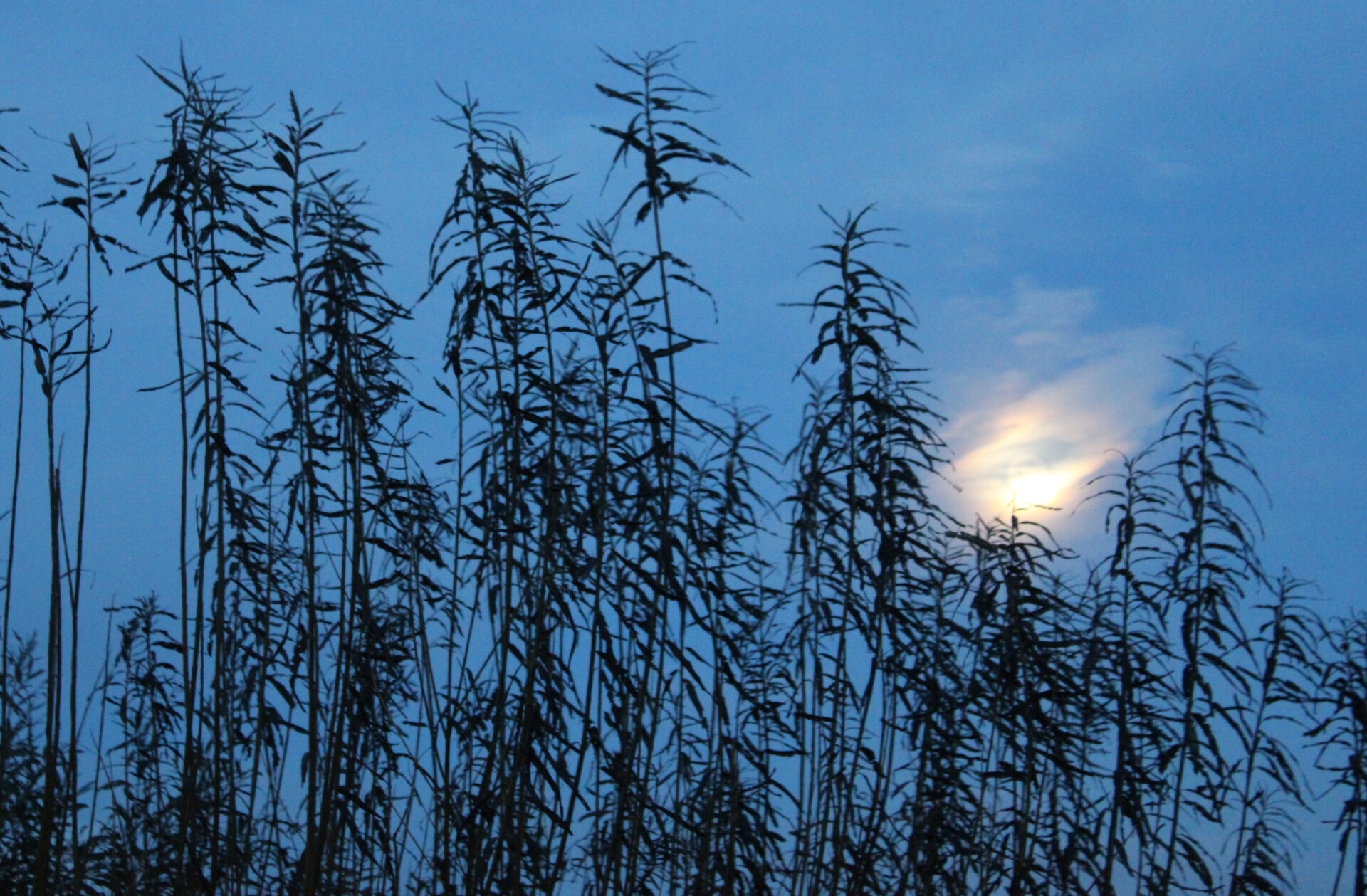January can be a particularly grey and wet month here in the UK, the merriment of the winter solstice and yule celebrations, the turning of the year and popping of bubbly, leaves space for this first month of the year…..where people often are making promises to themselves to be better, making resolutions to improve aspects of themselves. The dullness of January is much brighten by the months’ flower – the bright and colourful carnation.
The Carnation Dianthus spp. (Botanical family Caryophyllaceae), are known as the ‘Flowers of the Gods’, native to the Mediterranean. Their botanical name Dianthus comes originally from the Greek words – ‘dios’ which means ‘God/Divine’ and ‘anthos’ meaning ‘flowers.’ These familiar blooms have long been cultivated for at least 2000 years, prized for their long-lasting fragrance and pretty flowers.
Growing Carnations
We love to grow these bright and beautifully scented blooms in our gardens, they make lovely companion plants and attract a host of butterflies to the plot. You can either direct-seed the carnations in autumn, or plant seedlings out in early spring. We have them in a south facing aspect of the garden so getting full sun.
With more than 300 various dianthus carnation species from which to choose, it can be confusing as to which ones to grow – we choose Dianthus caryophyllus, as this one also known as Clove pink, a perennial with a long history of medicinal use.
Herbal Medicine
These blooms are commonly found in florists’ bouquets, but are not so familiar in the pages of the modern herbalists’ Materia Medicas (book of remedies), they seem to have fallen out of fashion for some reason. Carnation tea was once a popular drink, taken to ‘lift the spirits’ in treatments for depression and insomnia and to aid in balancing hormonal.
The beautiful and useful plants that we grow in our flower beds (Dianthus caryophyllus) have been traditionally prescribed in China, Japan and Korea for the treatment of wounds and gastro-intestinal disorder. In recent pharmacological studies the plant has been explored for it’s anticancer, antiviral, antibacterial, antifungal and anti-insecticide activities.
Dianthus chinensis is a key herb in Chinese traditional medicine, classified as antibacterial, diuretic, emmenagogue and febrifuge and an important part of any prescription in the treatment of urinary infections. Externally, a decoction of either petals or roots is applied for inflammations, infections and swellings.
In the 17th century, the English rebel herbalist Nicholas Culpepper wrote about Carnations:
| Government and virtues. This plant belongs to Venus in Aries. The beauties of this plant in its wild state were too conspicuous to escape the notice of the florists, who, by their unwearied attention to its culture, have raised from it all that vast and beautiful variety of carnations which they justly esteemed the pride of their gardens. The flowers are the part to be made use of in physic. A strong decoction of them is an excellent medicine in malignant fevers; it powerfully promotes perspiration and the urinary discharge, without the least irritation, and at the same time raises the spirits, and quenches thirst. They are cordial, and of considerable efficacy in dejection of spirits, faintings, head-aches, and other nervous complaints. There is a syrup of them kept in the shops, but it is too much loaded with sugar to be of any great use. Perhaps the best preparation of them is a strong tincture in brandy. |
Folklore of Carnation – Flower of January
One of the stories often cited about the carnation is that the Virgin Mary wept whilst watching Jesus carry the cross, and where her tears of sorrow and pain fell onto the earth, the carnation flowers sprung up. This is how they became associated with motherly love and subsequently are now popular in bouquets for Mother’s Day.
In the Victorian ages, the colour of a carnation was at times used as a way to send a secret message to an admirer, with a solid colour meaning ‘yes’, striped meaning ‘I can’t be with you’, and yellow meaning ‘no’. Oh the days of admirers and the language of flowers – makes it seem so much more romantic than swiping right or left on an App!!!







